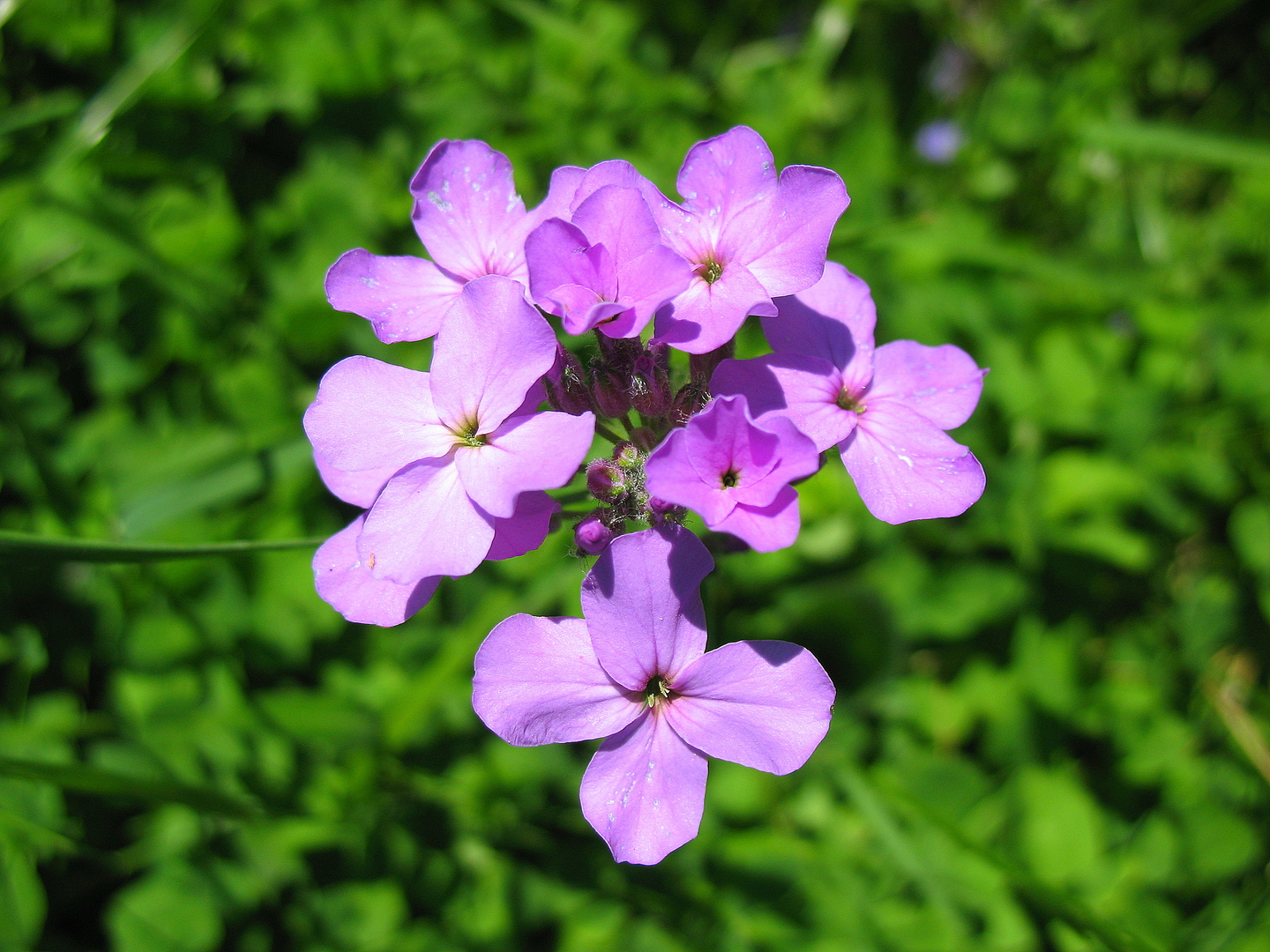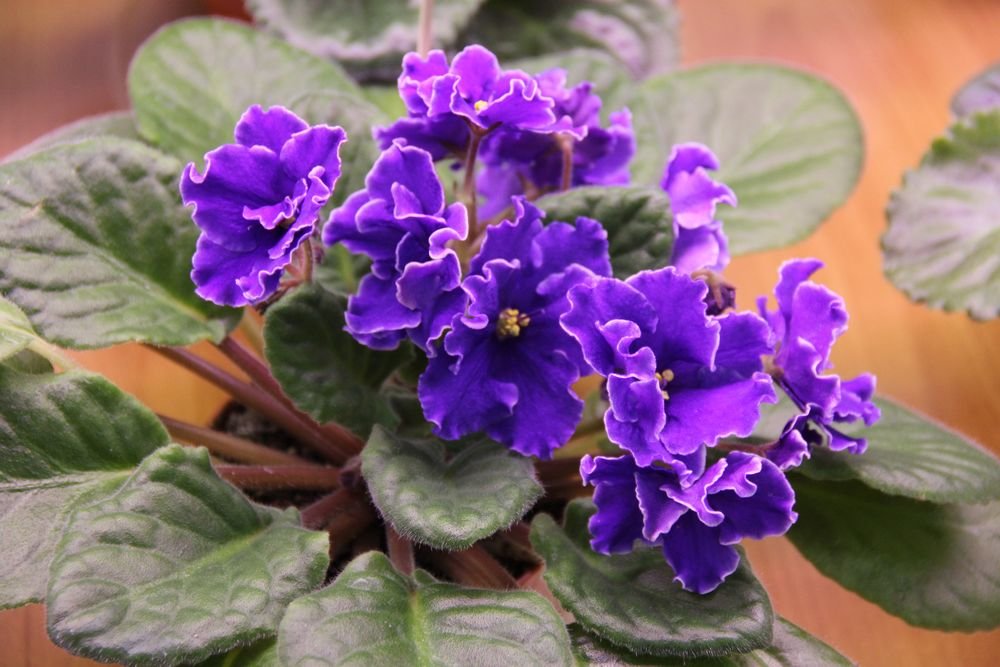If you follow the rules for caring for a violet, it can bloom almost all year round, interrupted for a short period. What influences its development? The necessary conditions for keeping a plant are: favorable soil, warmth, abundance of light, water, air. How to grow a delicate creature with an abundance of flowers will be discussed in the article.
Violet: home care
Heat and light intensity are of great importance for the development of Saintpaulia and the setting of flowers. Therefore, caring for the plant should start with this.
Warmth and light
The plant feels good at a temperature of 18-25 degrees, in the dark, can be placed in conditions 5 degrees cooler. But the violet does not like drafts and low temperatures, which contribute to developmental delay.
The factor of correct lighting is equally important. Saintpaulia likes it when daylight hours lasts about 10-12 hours. Different cultivars react to it in different ways, for example, fleshy species with dark leaf color are more resilient and able to withstand brighter light than their pale-leaved relatives.
Determine the light intensity you can on the plant itself:
- If the violet receives enough light, then there are many flowers on it, and the leaves are saturated in color.
- There is not enough lighting when the plant stretches upward, exposing long cuttings.
- The plant receives very little light if the leaves are curled and have a pale color.
In the cold season, when daylight hours are reduced, it is necessary to use additional lighting. Fluorescent lamps will come to the rescue. They will promote abundant flowering. It is better to use two at once, one should be yellow, the other bluish. If these conditions are observed, violets will grow well and form a beautiful and lush rosette.
Artificial lighting is best added in November, and removed in February. But there are times when little light penetrates the window because of the trees, then it is better to keep Saintpaulias under lamps all year round. Otherwise, due to lack of light, the plant will not bloom.
Air humidity and watering
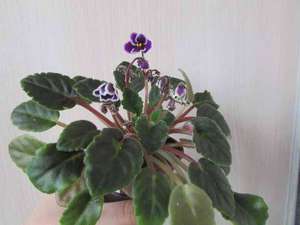 You need to know that a violet for normal development oxygen is neededwhich she receives through water. The plant should be watered at regular intervals, while the root system should not be overdried, as well as flooded. Too waterlogged soil causes rot in the plant, as water blocks the air. If there is not enough water, the roots dry out. Therefore, you should constantly monitor the level of moisture in the earth and properly care.
You need to know that a violet for normal development oxygen is neededwhich she receives through water. The plant should be watered at regular intervals, while the root system should not be overdried, as well as flooded. Too waterlogged soil causes rot in the plant, as water blocks the air. If there is not enough water, the roots dry out. Therefore, you should constantly monitor the level of moisture in the earth and properly care.
At home, to water Saintpaulia, you need to use a watering can with a narrow long spout. This is necessary so as not to accidentally fall on delicate terry leaves, which can rot from water... Direct the stream under the leaves.
Distilled water at room temperature is ideal for irrigation, but the difference of 5 degrees in one direction or another is also not terrible. If you use colder or hotter water, the plant can permanently become covered with yellow spots. The salt in the water is harmful to the root system of the plant; its excess can be seen on the walls of the pot in the form of a white bloom.
Saintpaulia can be watered through a pallet, this is how amateur gardeners do. They just pour water into it, the violet will take the required amount by itself. But the pot must have a drainage hole.
The violet should be watered one to three times a week... Watering frequency depends on many factors. It is influenced by air temperature, light intensity, flowering period, pot material. Flowering varieties are considered moisture-loving. Remember that clay pots tend to evaporate moisture faster than plastic ones.
An important role in caring for a violet is played by the air humidity of the home. If the air in the room is dry, the plant will die. You can raise the humidity by spraying warm air over the flower. However, during the flowering period, no drops of water should fall on the inflorescences.
Nutrients
The plant needs frequent soil fertilization. In summer, this procedure is carried out every 2-3 weeks, in winter it should be fed once a month. Do not forget to read the instructions for using the fertilizer in the store.
Violet is assigned a small potin which the soil is quickly depleted. For proper development and growth, the plant needs to be fed. Saintpaulia needs the following elements:
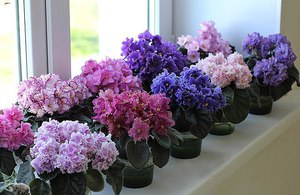 nitrogen,
nitrogen,- potassium,
- phosphorus,
- magnesium,
- calcium,
- sulfur.
However, when buying, you can choose a whole complex of mineral fertilizers, you can feed them, and the plant, in turn, will choose what it needs.
It is better to fertilize with a weak solution, but often. Try to water the already moistened soil with the prepared composition, since the roots can be damaged on dry soil.
Feed violets in two ways:
- Using a watering can under the leaves of the flower, making sure not to get on the leaves.
- Through the pallet. This is very convenient, especially if you have a whole flower garden.
When feeding flowers, do not overdo it. It is better not to "feed", otherwise the buds may not open, but immediately wither.
Before the exhibition, growers wash Saintpaulia leaves with a weak and warm stream of water. At the same time, it is important to ensure that water does not fall on the inflorescences, otherwise the flower will die. This procedure can return a fresh and beautiful look to the violet, but you should not get carried away with this.
Long bloom
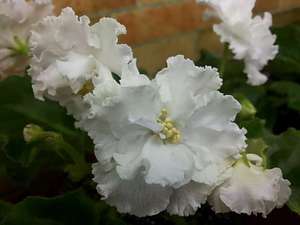 In order for the violet to grow well and bloom at home, you should constantly look after it. Each grower has his own methods, but the general rules for growing are correct lighting, optimal air temperature about 20 degrees, nutritious and loose soil with good aeration, high-quality fertilizer.
In order for the violet to grow well and bloom at home, you should constantly look after it. Each grower has his own methods, but the general rules for growing are correct lighting, optimal air temperature about 20 degrees, nutritious and loose soil with good aeration, high-quality fertilizer.
The first step is to give the violet the opportunity to grow well and form a strong rosette. If you've recently planted a plant in new soil, don't rush to fertilize. Wait a month and a half as the soil is still rich in nutrients. After this time, we apply nitrogen dominated fertilizers. It promotes foliage development.
The nascent stepchildren should be immediately removed, thereby we destroy the growth points from the sides. We remove even the smallest peduncles for the last time and produce fertilizing with fertilizer with phosphorus repeat once every 2 weeks. At the same time, you should add light and lengthen the daylight hours. Such conditions contribute to the establishment of peduncles at the very top, and low from the outlet itself. The intensive growth of young leaves begins at the very top of the head, and peduncles appear from their sinuses.
The experience of gardeners shows that abundant flowering often occurs in a small pot. Differing results arise due to the quality of lighting and the length of daylight hours. The saintpaulia variety also plays an important role.
Home care secrets
Tips for keeping violets:
- Violet does not like the place of growth, she is cold when the leaves become pale.
- The leaves grow too thick, which means you need to spray warm water over the air over the plant.
- To delay the flowering period, create increased humidity in the pot and in the air.
- It is necessary to alternate mineral fertilizers with feeding violets.
- A slightly pinkish solution of potassium permanganate can cause increased growth and profuse flowering. The plant needs to be watered 2-3 times a year.
To grow a healthy and flowering plant, it is enough adhere to the content rules violets at home and then she will thank for the work with abundant and long flowering.
